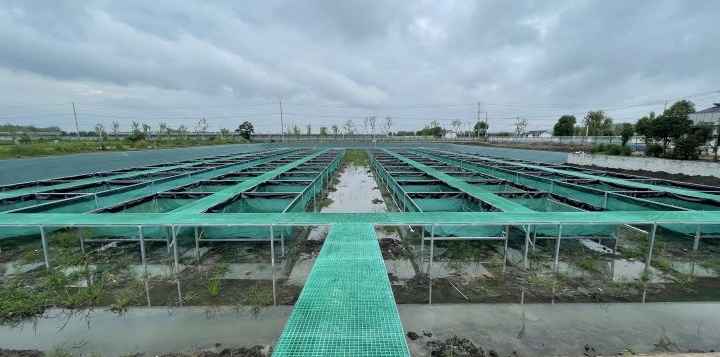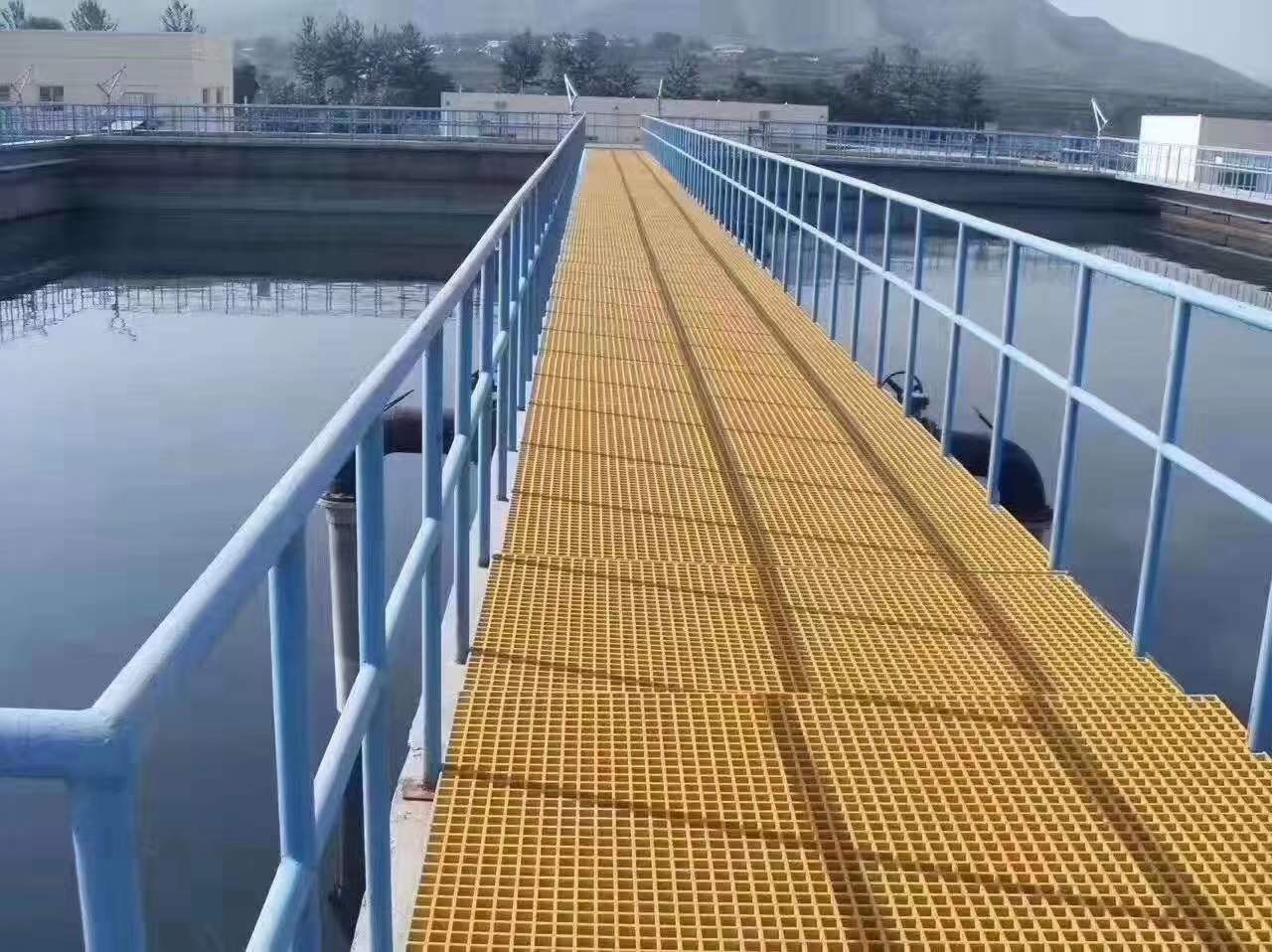FRP is not a single material type, but a broader category of high-performance composites that combines polymers with fiber reinforcements. There are several methods for producing fiber-reinforced polymers (FRP). Manufacturing techniques depend on factors such as required functionality, size, aesthetic issues and order quantity.

The materials used in construction are key to the success and longevity of any structure. With so many innovative options on the market, choosing the best material isn't always simple. Choosing the right materials requires careful analysis of project parameters, environmental considerations and budget constraints. The combined consideration of these factors is increasingly driving architects and builders to adopt newer, innovative materials such as FRP Grating. FRP gratings are becoming increasingly popular because they offer the performance of traditional building materials with additional key advantages. For example, FRP composites, in particular, offer an optimal strength-to-weight ratio as well as excellent durability, corrosion resistance and economy.
FRP consists of a protective polymer reinforced with high-strength fiberglass. Together, these materials create a high-quality composite material with many potential construction applications. For bridges, sidewalks, and other structures, FRP outperforms wood and concrete while being able to withstand decades of wear and tear.
FRP is versatile in nature and can replace wood, metal, concrete or plastic in a variety of construction applications. These traditional materials all have significant shortcomings that FRP manages to overcome.

For example, wood is susceptible to rot in moist conditions, while FRP Profiles are not. Even the most corrosion-resistant steel will eventually rust when exposed to moisture or other corrosive conditions for extended periods of time, whereas FRP will not corrode. FRP is a smart choice when building in harsh or demanding environments. FRP’s long lifespan also makes it often a good choice for standard construction projects.
FRP has many unique properties that need to be considered during the material selection process.
Corrosion resistance. Corrosion-resistant polymers in FRP withstand salt and chemical exposure. This allows fiberglass to last for decades in environments ranging from seaside walkways to railway platforms.
Cost-effectiveness. Fiberglass is known for being affordable to install, and its unrivaled longevity also provides incredible value. FRP structures have a service life of up to 75 years and require little maintenance, significantly reducing the overall cost of a construction project and creating longer-term economies of scale.
Strength to weight ratio. Weighing only 10-20% of reinforced concrete panels, FRP panels are lightweight yet strong enough to withstand high foot traffic, automobile traffic and high static loads.
Easy to install. The lightweight nature of FRP also facilitates construction. Combined with MIYA's prefabricated options, FRP's weight makes it one of the easiest and cheapest materials to install on site.
Safety. FRP is an excellent choice for structures that require pedestrian access. Non-slip surfaces are safer than metal or concrete, which become slippery when wet.
Design flexibility. FRP can be designed to meet virtually any construction parameter, including custom dimensions and specific load-bearing capacities.
Together, these advantages make FRP the smartest choice for projects ranging from bridge paneling to industrial flooring.
Next: Merry Christmas!
Add.: Xiao Zhang industrial area, Zaoqiang County, Hengshui city, Hebei province, China.
Copyright © 2018 Miyafrp, all rights reserved. |Sitemap |